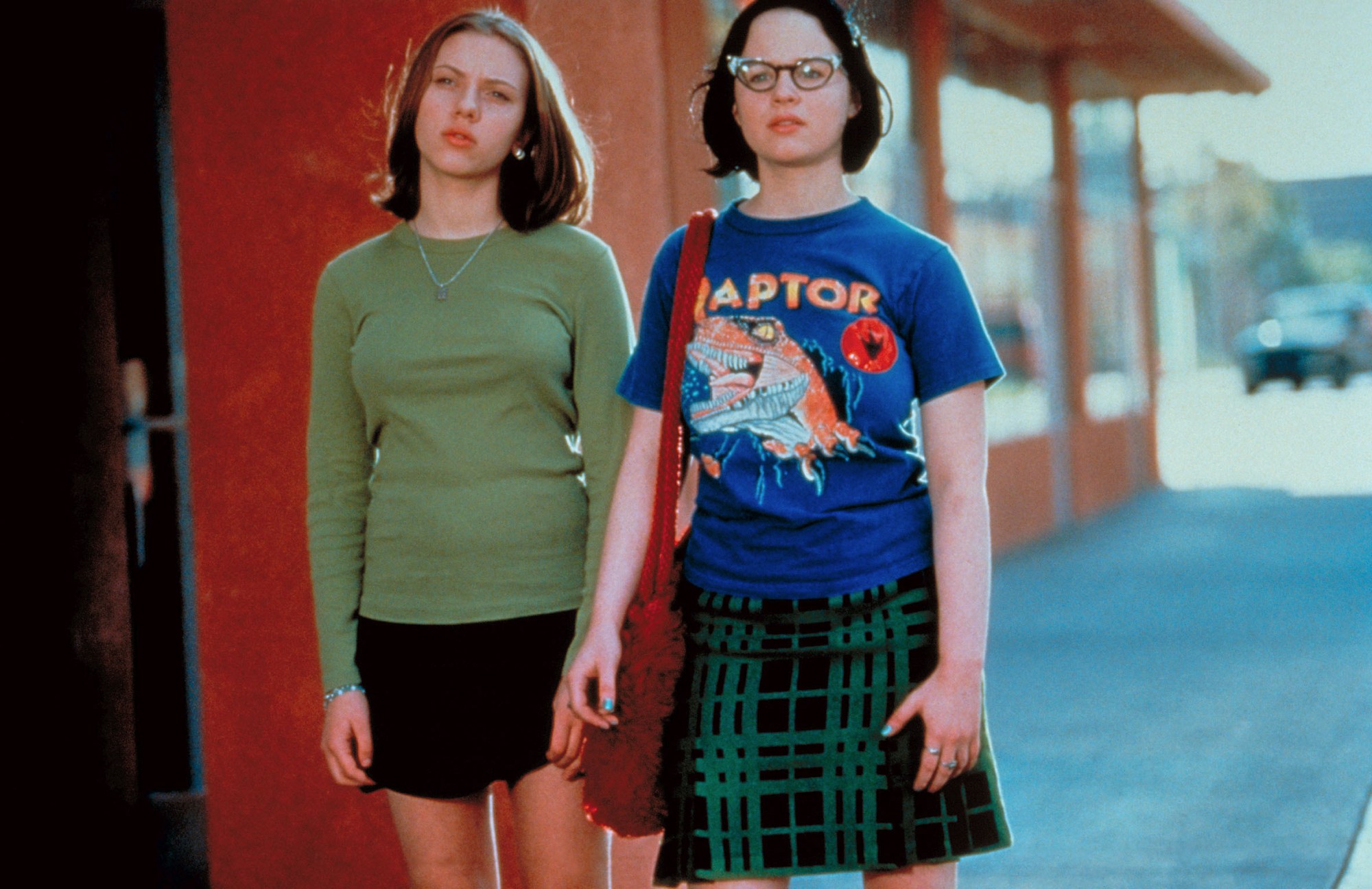Earlier this week, news that a group of incoming Duke University freshmen refused to read Alison Bechdel’s award-winning graphic novel Fun Home for a summer assignment went viral. One of these freshmen, Brian Grasso, penned an opinion piece for the Washington Post explaining his decision to opt out of the assignment: he feels the work’s illustrations constitute pornography and thus violate the teachings of the Bible. While his claim that “the book includes cartoon drawings of a woman masturbating and multiple women engaging in oral sex” is correct, when you consider that these acts make up less than ten pages of a deeply moving story about adolescent identity, “pornography” doesn’t seem an apt characterization of Bechdel’s 232-page work.
Although graphic novels like Fun Home have long been caught in censorship crossfire for their, well, graphic nature, many are honest, vulnerable and valuable stories of young adults struggling to find themselves. From Craig Thompson’s Blankets to Charles Burns’ Black Hole, here are the five coming of age graphic novels that should be on your bookshelf.
Fun Home: If you’re not a Duke student, here’s a rundown: Fun Home is an illustrated memoir depicting author Alison Bechdel’s complex relationship with her funeral director father, as well as her struggle coming to terms with her own homosexuality. It was published in 2006, and it’s since been adapted into a Tony Award-winning musical, which, according to Slate, is “the first mainstream musical about a young lesbian.” Yes, it involves — brace yourself — gay sex. It’s also steeped in brilliant literary references from James Joyce to Oscar Wilde that Bechdel deploys alongside gray-green ink illustrations. Her candid and carefully crafted story of suicide, emotional abuse and sexual orientation might keep the “challenges and attempted banning” section of the novel’s Wikipedia entry growing, but trust us, it’s worth the read.
Blankets: Okay, full disclosure: I rented Blankets from the library in seventh grade because Seth Cohen mentioned it on an early episode of The O.C. (Hey, he didn’t steer me wrong on The Amazing Adventures of Kavalier & Clay.) A staggering 600 pages of intricate black-and-white illustrations, Blankets is a fucking tear-jerker. The book tells the story of author Craig Thompson’s adolescence as an Evangelical Christian struggling through childhood neglect, sexual abuse and first love. It’s #66 on Time’s top 100 “Best Young Adult Books of All Time” list, (fortunately) far outranking Twilight.
Ghost World: You’re probably familiar with this graphic novel’s cult film adaptation, in which Scarlett Johansson and Thora Birch play cynical high school seniors Rebecca Doppelmeyer and Enid Coleslaw. The storyline originally unfolded over seven issues of Daniel Clowes’ comic book series Eightball, but was later published as a single book in 97. Although the filmic version zeroes in on Enid’s remedial art class and matchmaking abilities, the illustrated series more thoroughly develops the pair’s friendship. Don’t worry: there’s still plenty of shitting on suburbia and 90s style inspo.
Black Hole: Easily the most terrifying entry on this list, Black Hole tells the story of a mysterious STD that ravages Seattle in the 1970s and causes gross genetic mutations in its victims, the city’s teenage population. Given the story’s timeframe and the nature of the disease, many have read Black Hole as a metaphor for the early years of the HIV/AIDs crisis — the affected teens come to view themselves as outsiders after being alienated from their community. But the novel’s author, Charles Burns, has stated that the mutations can be read as metaphors for larger issues of adolescent sexuality and identity: “When you are at that age you are trying to reinvent yourself, and you are trying to slip out of your life, and transform into something else.”
Persepolis: Widely considered one of the best graphic novels of all time, this autobiographical four-part series follows Marjane Satrapi’s coming of age as a young woman in totalitarian Iran during the early 80s, as well as her high school and early adult years after fleeing to Vienna. Persepolis’ early pages establish that even at 10 years old, Marji is a real life feminist, socialist, punk rock Lisa Simpson — she challenges the newly instituted veil and the gender segregation of her school, and squares off with religious elders when they try to stop her from listening to Michael Jackson.
Credits
Text Emily Manning
